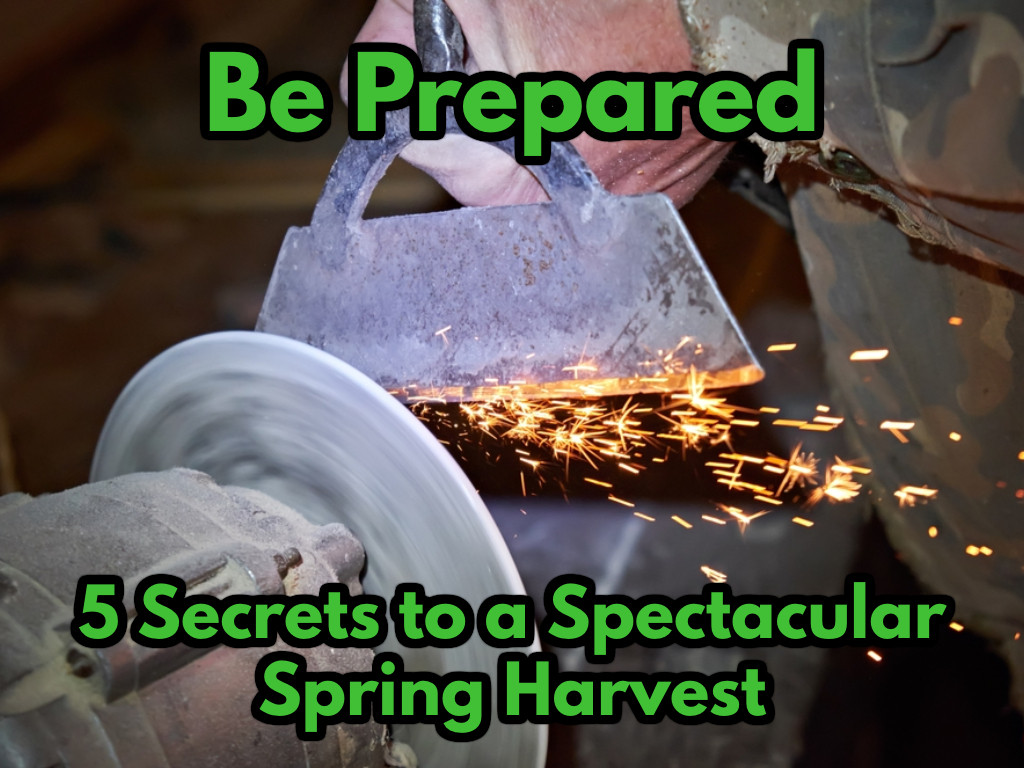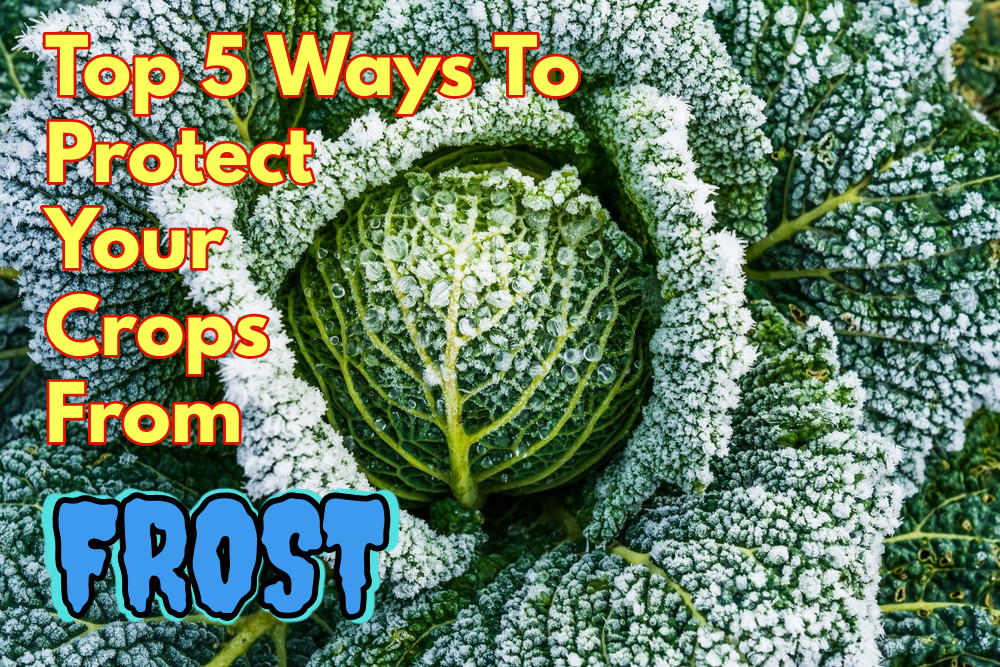The Most Essential Winter Gardener's Tool

The garden is quieting down, but don't hang up your gloves just yet! Late November and early December is arguably the most crucial time of year for serious gardeners. Why? Because while the soil is resting, the smart gardener is planning.
Instead of letting your plot go completely dormant, now is the time to leverage that quiet period for strategic planning that will pay massive dividends in a healthier, more productive garden next season.





